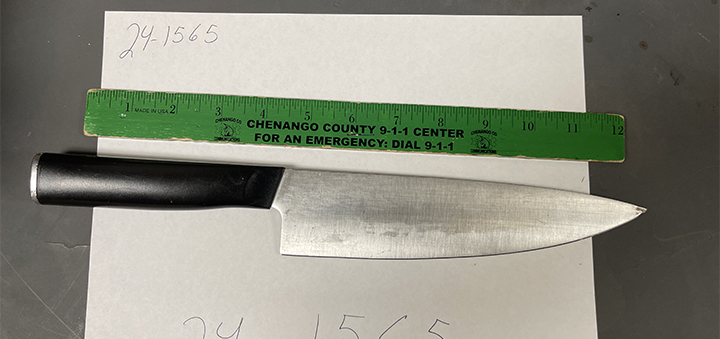Gearing Up For Toothy Fish
Published:
May 11th, 2022
By:
Eric Davis

As turkey season starts to wind down, you might find yourself looking to do some fishing when the weather is pleasant. Remember that pike and pickerel season opened on May 1st this year. While they are often considered a nuisance fish by fishermen seeking other species, pike and pickerel can be fun to target. The main drawback to hooking these fish is that their mouths are full of small razor-sharp teeth that can shred monofilament fishing line with just a few headshakes.
One way to combat this is to use a steel leader on the end of your fishing line. Having a small length (6-12”) of wire attached your lure or hook will keep the fish’s teeth from contacting your line. They are easily purchased in a 5 or 6-pack that come with a snap swivel on the end for quickly attaching your lure or hook. If you are a live bait person, you can even buy steel leaders already rigged with a hook, or hooks, on the terminal end. After catching a fish just check the crimps on the leader to make sure they look alright.
If you are fishing in clear water where the fish may see the steel leader and be shy to bite, you can try using a heavy-duty fluorocarbon leader instead. Fluorocarbon is a more abrasion-resistant line compared to monofilament so it can handle some tooth contact. Go with at least 15-pound test, if not heavier if fishing where big pike roam. Just like the steel leader, check your fluorocarbon leader after each catch and replace it if it is getting too beat up.
When it comes to lure or bait choice there is a lot of options. In the words of my Fish Biology professor in college, “A pickerel will eat whatever it can fit in its mouth.” From fish to crawfish to mice, anything is food to a hungry pickerel or pike. In general, flashy lures that make a lot of noise tend to lead the pack when it comes to targeting pike and pickerel. Casting spoons such as the Little Cleo or the Daredevil were popular pike lures when I lived in North Dakota for a summer. We also caught a good number of pike when trolling with crankbaits in hopes of catching walleyes. Lure size should be like what you would use to catch bass or walleyes when looking to catch pickerel. For bigger pike, you may want to go a little bigger.
If using live bait, shiners are the top choice. Get mediums for pickerel and large shiner for pike. Consider using a quick-strike rig. This uses a hook at the head of the minnow and a treble hook that is put in the minnow’s back by the dorsal fin. This keeps the minnow from being bitten in half without the fish being hooked. Also, this makes it so you can set the hook sooner instead of waiting for the fish to carry the minnow off before swallowing it. If you wait for the fish to swallow the bait, you risk injuring the fish by having the hooks get into its gills and stomach. You also risk the fish breaking off your line as it swallows the bait and the leader, leaving your main line against its teeth.
All members of the pike family are lie-in-wait predators. This means their primary feeding strategy is to ambush it prey by hiding and waiting for the prey to swim by. This helps explain why you catch them on the edges of weedbeds or in pockets of emergent vegetation such as lily pads. They hide in the cover and come darting out to attack as your lure comes through. Remember this when targeting these fish.
A six-foot medium action rod is a good all-around choice and will handle pickerel with ease. Consider a medium-heavy action if going after bigger pike. I like to use fluorocarbon line on almost all my rods, with the exception being braided line on my frog rod and monofilament line on my crankbait rod. Ten- or twelve-pound test is plenty for pickerel when paired with a small steel leader. Just take the leader off and you are ready to target bass.
One last bit of advice beware of the slime coat on pickerel and pike. Fish have a slime coat to act as a layer of protection around their skin. Handling a fish with dry hands can remove some of the slime coat, putting the fish at risk of infection. So, handle fish with wet hands or try to remove fish from your line without having them make contact with the inside of your boat.
Author: Eric Davis - More From This Author
Comments






